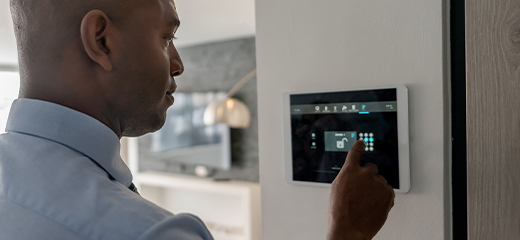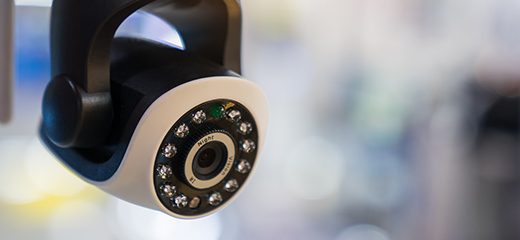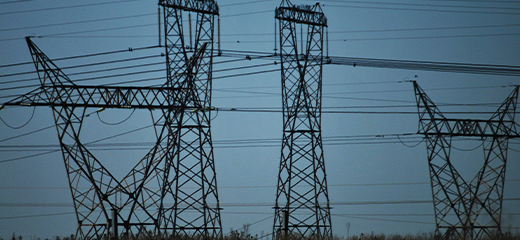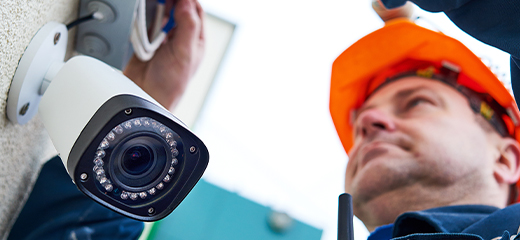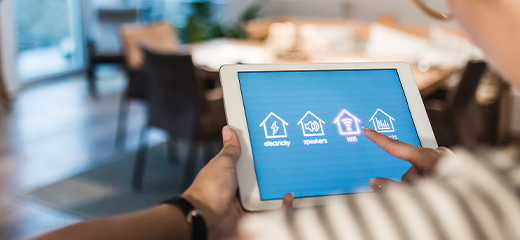
Insurance 101: Understand household contents insurance
We accumulate much in the space of a lifetime but give little thought to the devastating impact the sudden loss of our possessions, through theft or a disaster, would have on us. How often have you given thought, for instance, to a house fire destroying everything in your home?
If you do have household contents insurance, you might think that you are protected; however, statistics kept by Qantam Risk Assessment* reveal that as many as 79.4% of household contents policyholders in South Africa are underinsured by an average of 51.9% of the value of their possessions.
What is household contents insurance?
Unlike homeowners or buildings insurance which covers the structure and permanent fixtures of your home, a household contents policy protects you against the theft, damage or loss of your non-fixed possessions.
These items include clothing, linen, furniture, appliances, art and décor, tools, personal keepsakes, essential documents, and the many devices we use for entertainment, work, staying in touch with family and friends, internet access and communication.
How does it work?
Household content policies cover the non-fixed items that are inside your home and other secured structures such as your garage, wendy house, cottage and outhouses. Typically, these policies protect against damage caused by faulty heaters, fire damage, floods and storms, natural disasters, vandalism or malicious damage, and theft.

Another option to consider is a step up to cover accidental damage as well. This will provide you cover in situations such as your TV being knocked over or coffee spilt over your computer.
Most insurers will also offer an 'all risks' component for those items that leave the house with you such as clothing, jewellery, phones, laptops, sporting equipment and handbags. But remember that this type of cover comes at a premium and details of the items that are to be insured including the make, model, and value, need to be specified. When these items are replaced or upgraded, you are required to contact your insurer to specify the new details and update the policy.
Policy expectations and obligations
Your insurer expects you to provide an accurate assessment of the value of your possessions, security measures and any risks. The value is a particularly important aspect as insurance claim pay-outs are based on the actual value of your total contents compared to the insured amount.
For instance, if your possessions are valued at R200 000, but you are only insured for R100 000, then your insurer will only pay out 50% of the value of any claims. So, if your R10 000 TV is stolen, you will only receive R5 000 in your pay-out.
Another thing to remember is the policy should be based on the cost to replace the items, rather than purchase price; and that the onus is on you to keep your insurer updated on any changes to the inventory.
It's important to bear in mind that your household contents policy requires that you take the proper care to secure your possessions. This means that your policy may require you to have a working alarm system, burglar proofing, security gates and other means of security.
Scenarios that could lead to claims being repudiated include:
- Doors and gates being unlocked or open.
- Possessions not being secured inside a structure such as a ladder or lawnmower left outside.
- Alarm, gate motor and electric fencing backup battery not being operational during loadshedding.
- The property is unoccupied for 60 consecutive days.

What you need to tell your insurer
Before speaking to insurers, conduct an assessment of your home, security and the various structures on the property.
Make note of the following details:
- Perimeter security
Do you have a wall, fencing, precast structures, wooden fencing, electric fencing or a combination of these? What protection is offered? Do the electronic elements have battery backup for power outages or loadshedding? - Entrances
How are your entry gates and garage secured? Are your gates and garage door motorised? Do you have a security gate fitted to your doors? Do you have fixed burglar proofing on all your windows? Do you have entry sensors placed on your windows and doors? Do the electronic elements have battery backup for power outages or loadshedding? - Security system and response
Do you have an alarm system, entry sensors, motion detectors, or security cameras? Do you have a contract with a security company? Does it offer armed response? - Home
Work through each room in your house, itemising everything that is not a permanent fixture including furniture and electronics. Don't forget to look inside cupboards. - Jewellery and watches
Have your jewellery and watches professionally evaluated and take pictures of them. - Clothing and linen
Estimate what it would cost to replace all the clothes, towels, cushions, linen, rugs and carpets. - Power solutions
Make a note of the make and models of all alternative power solutions including UPS, battery backups and generators. - Garage
Make a note of everything in your garage including tools, gardening equipment and sporting equipment, - Structures
Look at all other structures on your property such as entertainment areas, wendy houses, cottages, and home offices. Make a list of all contents. - Outdoor possessions
Don't forget to list any garden furniture, décor, plant pots and statues that remain outside. Remember that your movable braai and garden equipment will not be covered if they are not secured within a structure. - Movable items
Make a list of all items that leave the home such as electronics, jewellery, watches, handbags and sporting equipment.
Ask about additions
Many insurers will offer additional value within their policies or optional extras that you select. These include:
- Third-party or personal liability
This will provide financial protection should someone lay a claim against you for accidental death, illness or injury on your property. These policies often offer you financial protection for accidental damage or loss done to someone else's property too. - Loadshedding protection
This covers you and your appliances and electronics against damage brought about by loadshedding and power surges. The financial value is often fixed at a fairly low level so be sure it is enough for your needs. - SASRIA coverage for damage to property caused by special risks such as politically motivated malicious acts, riots, strikes, terrorism and public disorders.

Points to remember
Homeowner insurance policies differ widely and are dependent on the company and the type of coverage.
- Read your policy document to understand exactly what is covered by the policy and what is specifically excluded.
- Make sure that your policy covers the replacement value of your possessions.
- Assess the value of your contents and the policy annually to protect against over and under insurance.
- Inform your insurer immediately of any high-value purchases or changes to the items listed under ‘all risks’ cover.
- Inform your insurer of any changes to your security measures. Remember, improved security measures could lower your premiums.
- Inform your insurer if you are going to be doing additions or renovations to your property to establish if your household contents will be covered during the construction.
- Keep a record of purchases and evaluations.
- Keep copies of your insurance policies, bond agreements, maintenance and improvement records, purchase invoices and other critical documents at a trusted alternative location, or save copies to the cloud. This will ensure you still have access to your essential documents if your records are stolen or damaged at home.
More information:
* https://www.qantam.co.za/where-we-came-from/
LookSee is a free home efficiency platform aimed at making homeownership easier and more affordable.


